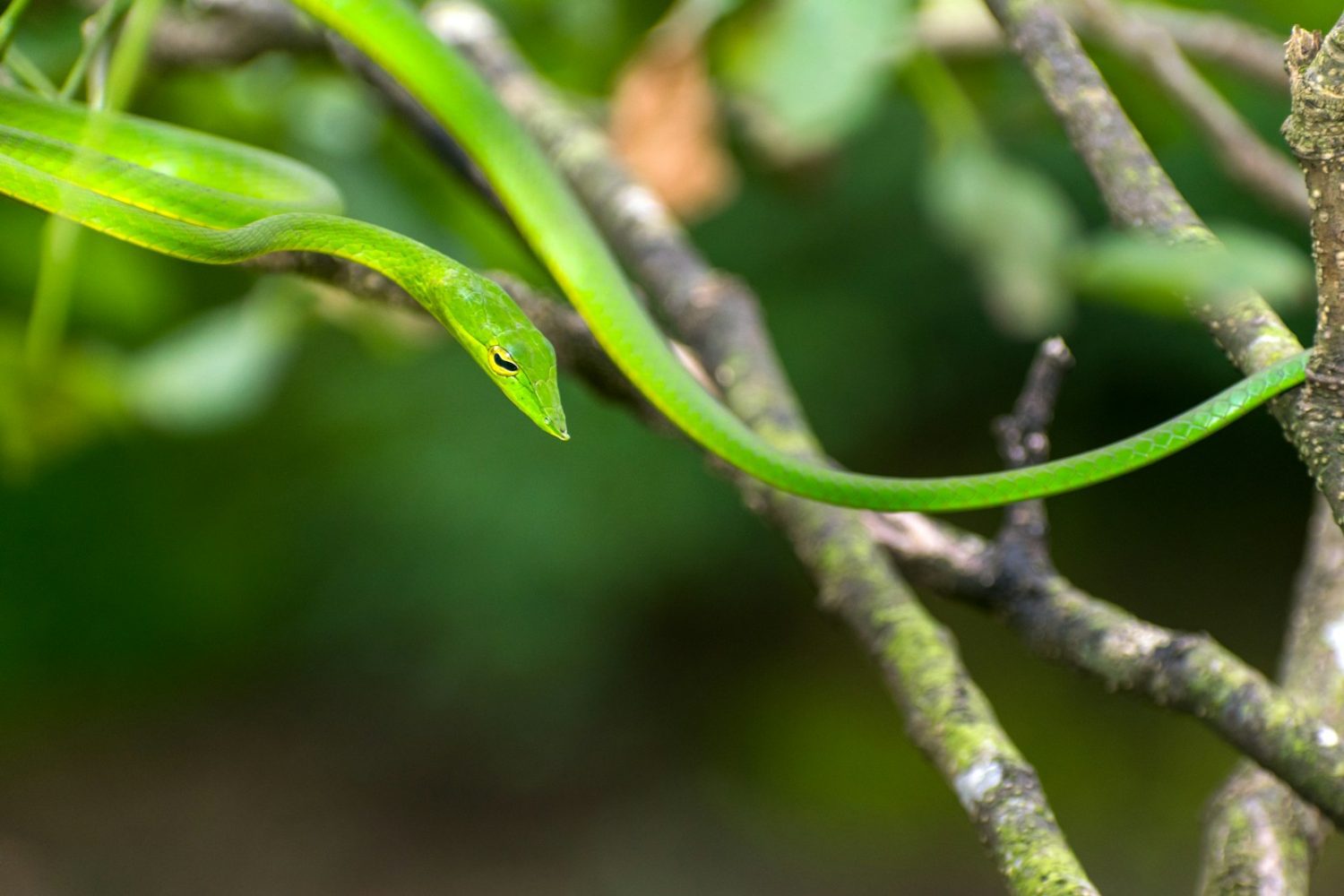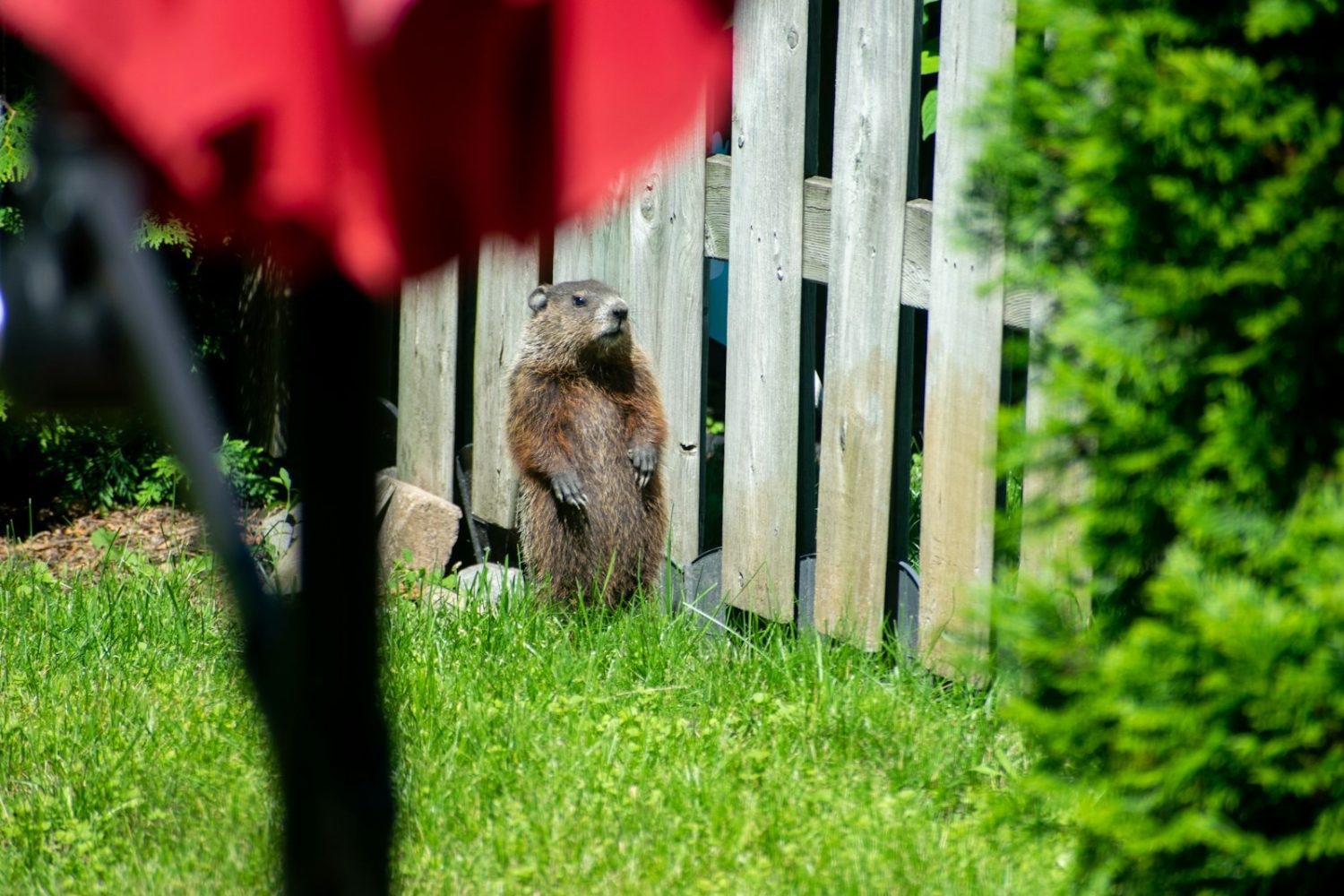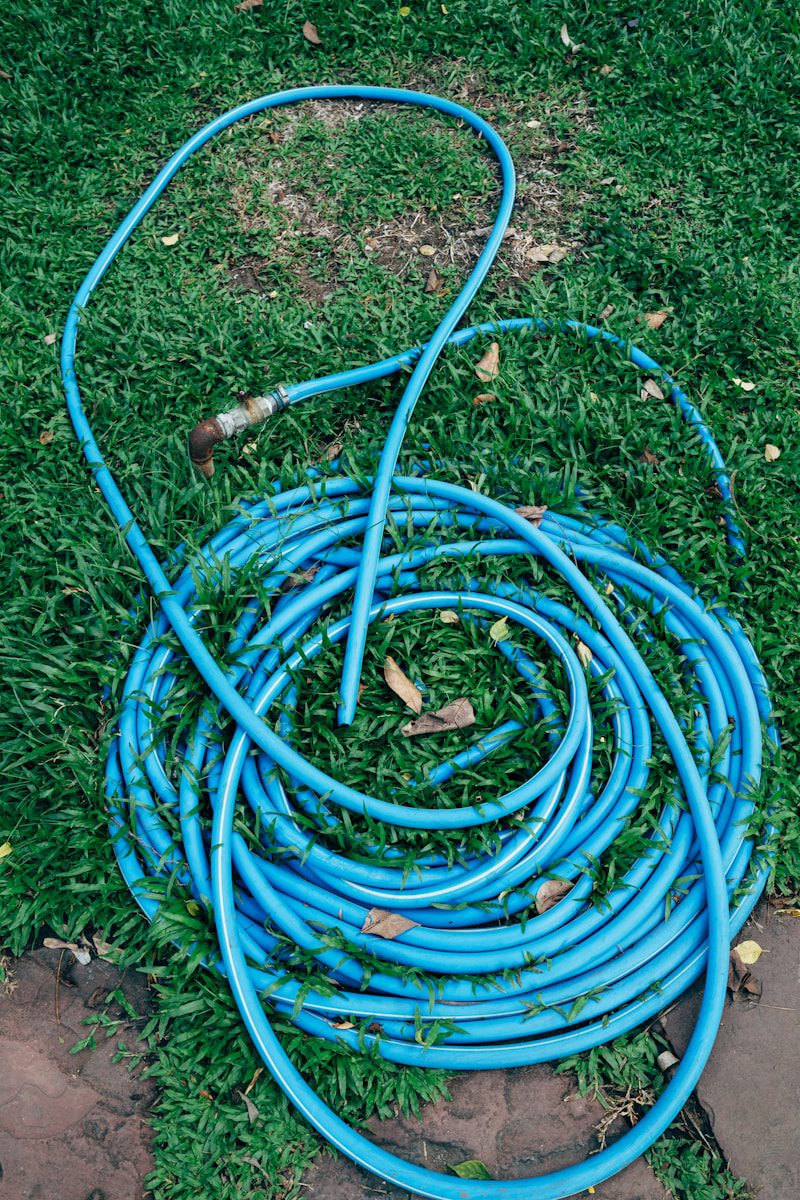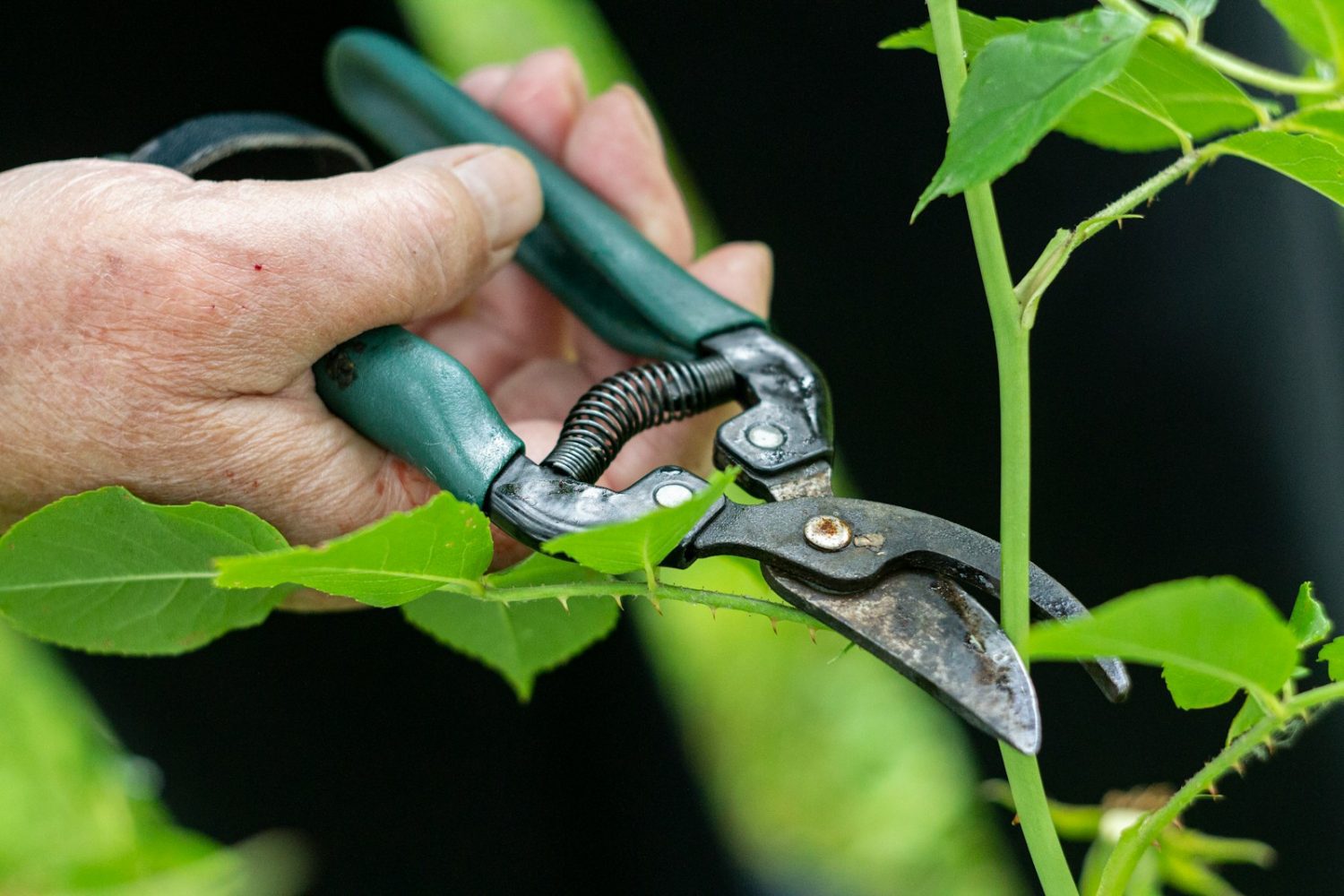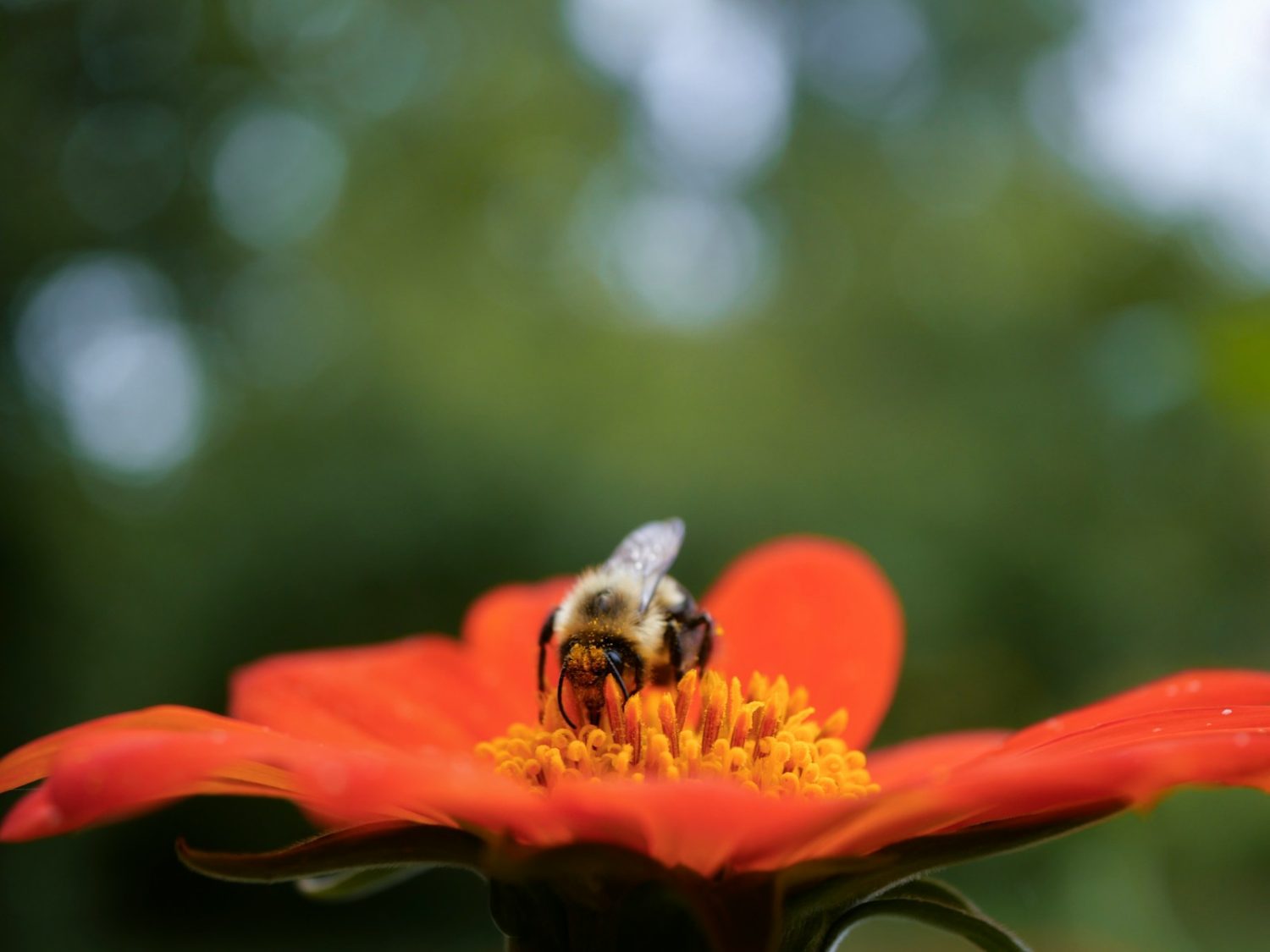Are Garden Snakes Poisonous?
When you see a slender snake slithering through your flower bed or vegetable patch, your first thought might be: “Is it dangerous?” This is a natural worry. After all, many of us grow up hearing about venomous snakes and the risks they pose. But here’s the truth: most garden snakes are harmless. In fact, many … Read more

